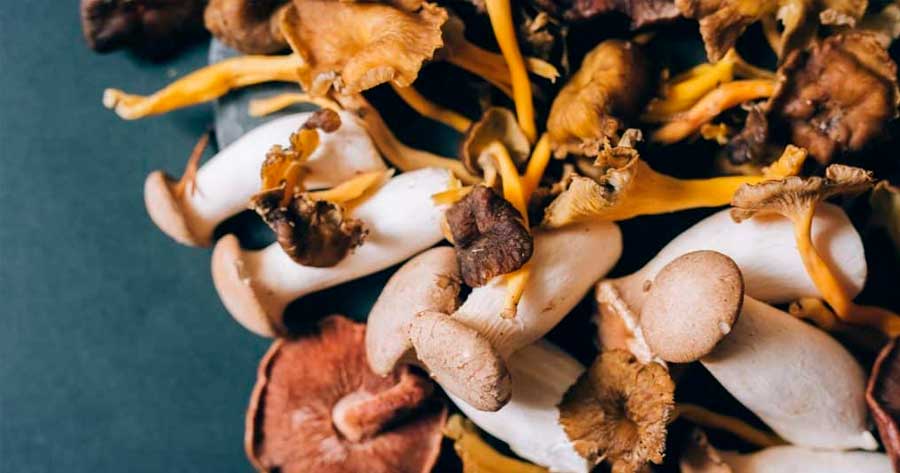Psychedelic drugs have been used for psychiatric purposes since the 40s in the US. However, although they were found to be non-addictive, safe, and potentially treat psychological conditions, they became criminalized in the ’60s by the US.
Recently, psychedelic drugs have been garnering more attention from doctors and patients. As a result, more and more research is being done on the potential to provide lasting improvements for mental health conditions like severe depression.
“Microdosing” involves taking minimal amounts of psychedelic drugs like psilocybin or LSD. The idea is to take a low enough dose to have an effect but not enough to “trip.”
There has been a modern shift to psychedelic use for spiritual and recreational purposes. Many believe microdosing can enhance one’s mood, channel creativity, and encourage concentration, productivity, and empathy. But scientists have raised questions about a placebo effect; are there real benefits of microdosing, or are they a result of an “expectancy effect”? Are the positive results of microdosing a side effect of the drug or the user’s belief in the treatment?
Joseph: Microdosing Gave Him More Pep in His Step
A New York Times article told the story of Joseph, a designer from Austin who came across research from Johns Hopkins University about psilocybin, or magic mushrooms. The study gave full doses of psilocybin to cancer patients, which helped them improve symptoms of depression and anxiety. Then he came across Rolling Stone’s story of mushrooms becoming the “hot new business trip” for enhanced creativity. So he decided to give it a shot to improve his mental health.
Joseph had struggled with depression, anger, and anxiety for much of his life. Depression ran in his family, and he took depression medication as a kid. However, when his symptoms returned in his adult life, he decided to try an alternative to prescription drugs.
He decided to start microdosing a few times a week with the hopes that it would improve his mood. Joseph reportedly ate about a half-inch of mushrooms per dose and immediately started feeling better. “It boosted my morale, I had a little bit more pep to my step, I was having more fun and feeling more excited about things.”
Erin: “It’s Akin to Walking Outside, and the Sun Is Suddenly Out”
The same New York Times article tells the story of Erin, a bartender from Seattle. She compared microdosing to “walking outside and the sun suddenly coming out.” Erin reportedly microdoses once or twice per week with mushrooms she forages from forests in Washington. She said mushrooms help “remind you that you are a person who can feel positive things and notice that things are beautiful.”
So, What Exactly Is Microdosing?
There’s no technical definition of microdosing, which makes it challenging to maintain consistency in research. However, the consensus for microdosing is “a fraction of a recreational dose,” ranging from one-fifth to one-twentieth of a recreational dose, which is traditionally 2-3 grams of dried mushrooms. Thus, a microdose would be .3-.5 grams. Another obstacle to consistent or definitive research conclusions is that the potency of mushrooms is highly variable. Since they are not regulated outside clinical trials, there is no exact science or standard for testing.
Realistically, only a fraction of people who report microdosing measure the amount they take. Most take enough to feel an effect, starting within an hour and lasting anywhere from four to six hours. One may need to go through some trial and error to find the dose that works best for them. The only potential adverse side effect is accidentally taking too much – that isn’t necessarily dangerous but can be inconvenient if you have responsibilities like work or family obligations.
Conclusion: Research Is Promising
Despite the obstacles in standardizing studies, most research seems to support the benefits of psychedelic use for mental health conditions. For example, one study found that a high dose of psilocybin might be as effective as an SSRI (selective serotonin-reuptake inhibitor) for treating depression. It also found that full doses can help the brain’s neuroplasticity, and microdosing can produce similar brain changes.


